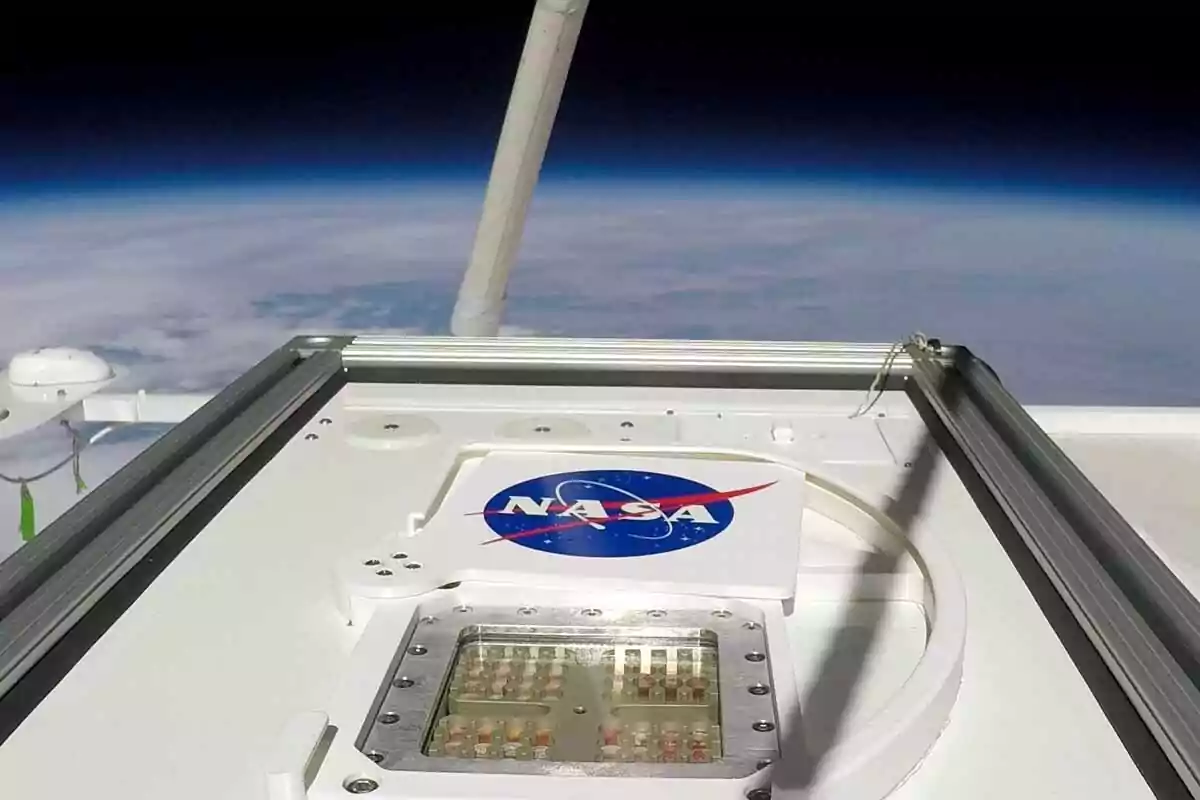
The secret protocol NASA would use if it detects extraterrestrial life
NASA has an official plan to respond if an alien signal arrives, but scientists are calling for it to be updated now
It seems like science fiction, but NASA has an official protocol in case it receives an alien signal.
The plan has existed since 1989, and now scientists are urgently calling for an update due to advances in technology and social media.

What would NASA do if it detects extraterrestrial life?
For more than three decades, NASA and other international scientific institutions have had an agreed-upon protocol.
It's called the "Post-Detection Protocol" and it establishes the steps to follow if a signal of artificial origin is detected.
First, confirm that it's not something natural
The procedure indicates that the first step is to rule out any natural cause that could explain the signal.

Once it's confirmed to be technological, NASA must notify the United Nations and coordinate the global response.
An international committee is formed
The protocol provides for the creation of a group of specialists in astronomy, policy, and scientific diplomacy to handle the situation.
The frequency from which the signal arrives is also legally protected to prevent interference or sabotage.

Why are they calling for the protocol to be updated?
Researchers from the SETI Post Detection Hub at the University of St Andrews warn that the protocol is outdated.
According to their study, published on arXiv, it doesn't take into account the current speed of virality or the risks of misinformation on social media.

Social media can ruin everything
A leak or misinterpretation on digital platforms could generate chaos before anything is officially confirmed.
This is why they are calling for faster and clearer communication mechanisms, with a global structure for immediate response.
A challenge that goes far beyond science
The researchers propose adding experts in governance, public communication, and crisis management to the current protocol.
NASA should lead the global response
Due to its historical role and credibility, it is proposed that NASA be the international coordinator in the event of real contact.

This includes investing in more precise detection technologies and improving cooperation between governments and multilateral organizations.
More posts: